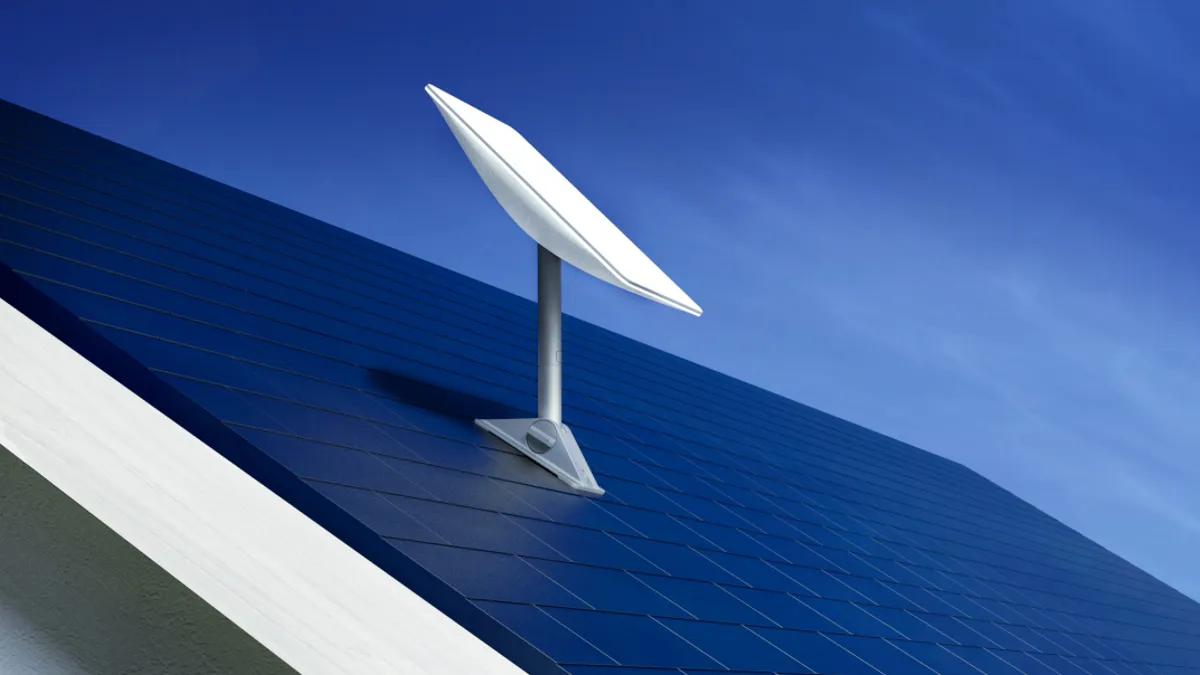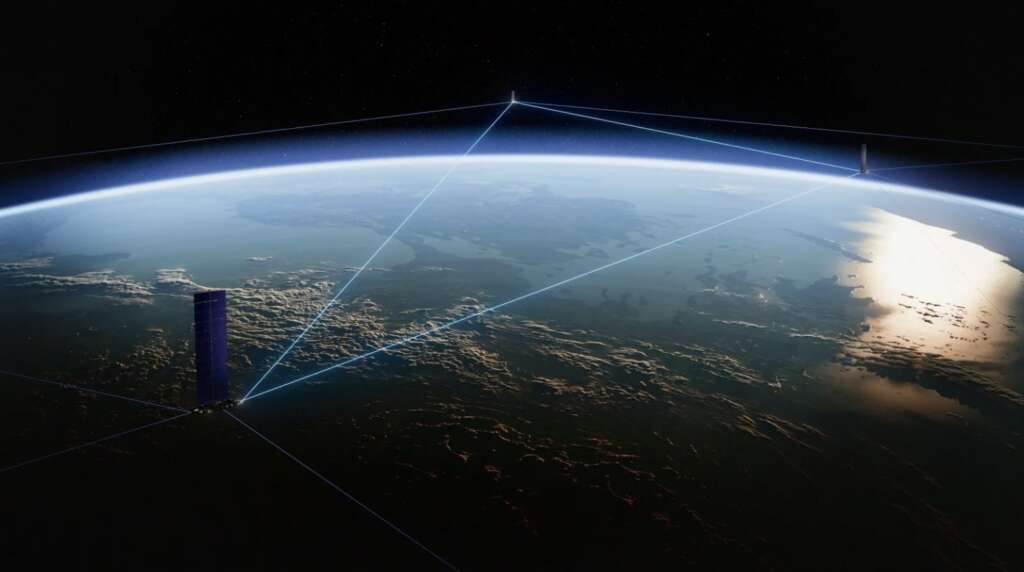
The Impact of Naira Depreciation on Starlink’s Affordability in Nigeria
Since its launch in January 2023, Starlink, the satellite internet service by SpaceX, has rapidly gained traction in Nigeria, Africa’s most populous country. However, the steep depreciation of the naira has pushed the service out of reach for many Nigerians, with the price of the Starlink hardware and monthly subscriptions increasing significantly.
When Starlink was first introduced, the cost of the hardware kit was N274,098, and the monthly subscription stood at N19,260. Due to a series of currency devaluations, the price of the hardware jumped by 115.25 percent, currently priced at N590,000. The monthly subscription fee has also skyrocketed to N75,000, marking an even more dramatic shift for users.
How Naira Devaluation Drives Starlink Price Hikes
The substantial price increases are directly linked to the ongoing devaluation of the naira against the US dollar. According to data from the FMDQ, the value of the naira fell from N747.76/$1 in September 2023 to N1,541.52/$1 in September 2024, representing a 51.49 percent drop in value over the past year. This steady decline in the naira’s value has made imports and foreign services like Starlink significantly more expensive.
Following a major devaluation in early 2024, Starlink revised its prices multiple times. Initially, the hardware cost was repriced to N800,000, before being adjusted to N440,000 later in the year. However, further depreciation of the currency has driven the cost of the hardware kit back up to N590,000. Meanwhile, the monthly subscription fee has risen from N19,260 at launch to N75,000, further burdening subscribers.
Starlink’s Response to Inflation and Currency Devaluation
SEE ALSO: Starlink Extends Services to Burundi: Expanding Connectivity Across Africa
In a recent email to its Nigerian customers, Starlink attributed the price hikes to “excessive levels of inflation” and currency devaluation. The company outlined new pricing for its services:
- Standard Residential Plan: N75,000 per month
- Mobile – Regional (Roam Unlimited): N167,000 per month
- Mobile – Global (Global Roam): N717,000 per month
These new prices will take effect for existing customers starting on October 31, 2024, but they are already applicable to new customers. The email made it clear that the ongoing inflation and devaluation of the naira have made these increases unavoidable as Starlink tries to keep pace with the changing economic environment.

Starlink’s Growth and Market Position in Nigeria
Despite the rising costs, Starlink has grown rapidly in Nigeria, becoming the country’s third-largest internet service provider (ISP) in just 12 months. As of September 2024, the satellite internet service boasts 23,897 active subscribers, signaling strong demand for high-speed internet even in the face of rising prices.
Nigeria was Starlink’s first operational market in Africa, but the company has since expanded to 15 other countries on the continent. In some of these markets, Starlink is offering incentives to attract customers. For instance, in Kenya, Starlink provides a rental option for customers who cannot afford the full upfront cost of the hardware.
The Broader Challenge of Digital Inclusion in Nigeria
The rising costs of Starlink services reflect a broader challenge of digital inclusion in Nigeria. The country’s digital economy is expanding rapidly, but many small businesses and individuals struggle to afford high-quality internet services due to economic instability and the weak currency.
For many Nigerians, internet connectivity is a vital tool for education, business, and social engagement. However, the prohibitive costs of premium internet services like Starlink threaten to leave many behind. While other ISPs may offer more affordable options, Starlink’s high-speed satellite internet is considered superior in terms of reach, particularly in rural and remote areas.
Future Outlook: Will Starlink Remain Affordable?
As the naira continues to weaken, Starlink’s affordability will likely become an even greater concern for Nigerians. The company’s pricing strategies, while responsive to inflation and currency depreciation, may alienate customers who are unable to keep up with the rising costs. If the economic situation does not improve, Starlink may need to consider localized pricing strategies or payment plan options similar to the rental model offered in Kenya.
Without these interventions, the future of Starlink in Nigeria could be at risk, with many potential users opting for lower-cost alternatives or foregoing internet access altogether.
Conclusion
Starlink’s rapid growth in Nigeria underscores the high demand for quality internet services in the country, but the escalating prices driven by a weakening naira are making it less accessible for the average consumer. As the company navigates these challenges, its ability to adapt to the local economic environment will determine its continued success in Nigeria and other African markets.



